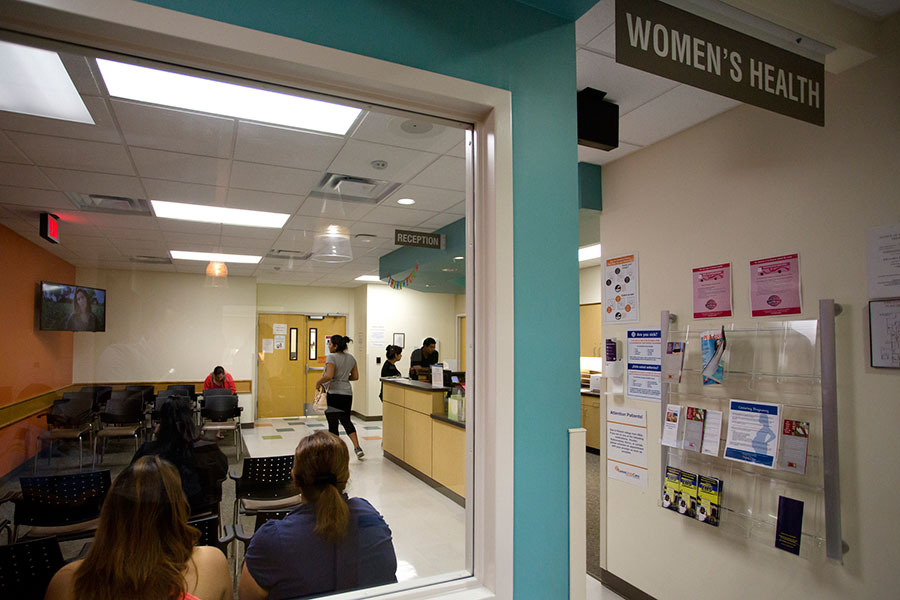A recent study revealed a dramatic rise in maternal death rates in the United States. Researchers found out a spike in the number of women who died from pregnancy-related complications, in Texas, in the last five years.
According to a new study to be published in September in the journal Obstetrics and Gynecology, Texas nearly doubled its rate of maternal mortality between 2010 and 2014. Despite the study revealed a nationwide trend, no other state across the US reported such unusual rise in the maternal mortality rate.


“The estimated maternal mortality rate (per 100,000 live births) for 48 states and Washington, DC (excluding California and Texas, analyzed separately) increased by 26.6%, from 18.8 in 2000 to 23.8 in 2014. California showed a declining trend, whereas Texas had a sudden increase in 2011–2012. Analysis of the easurement change suggests that U.S. rates in the early 2000s were higher than previously reported,” remarked scientists.
The team of researchers, led by Marian MacDorman, a professor at the University of Maryland Population Research Center, reported that 148 women in Texas died in 2012 due to pregnancy-related causes, a dramatic rise considering that in 2010, the state registered 72 deaths.
The study disclosed a spike in Texa’s maternal mortality rate from 18 deaths for every 100,000 births in 2006 to 36 deceases for every 100,000 births in 2014.
Researchers reported the study was conducted aiming to develop methods for trend analysis of maternal mortality rates, including some changes in pregnancy question formats over time and between states in order to provide results showing U.S. maternal mortality trends from 2000 to 2014.
“This observational study analyzed vital statistics maternal mortality data from all U.S. states in relation to the format and year of adoption of the pregnancy question. Correction factors were developed to adjust data from before the standard pregnancy question was adopted to promote accurate trend analysis,” wrote researchers.
According to the World Health Organization (WHO) statistics, the United States is the only developed country in the world reporting a significant increase in maternal mortality rates between 1993 and 2013. Developed countries have the average maternal mortality rate of 12 deaths per 100,000 births as per the WHO.
Dr. Daniel Grossman from the University of Texas at Austin’s Texas Policy Evaluation Project referred to maternal deaths statistics as a tragedy and an embarrassment that need to be addressed and fixed as soon as possible.
Despite expressing concerns about the results, researchers did not identify the cause for the jump. Indeed, health institutions or scientific community in the country have not managed to figure out the origins of rising in maternal deaths.
A need to redouble efforts to prevent maternal deaths
Researchers assessed data from 50 US states plus the District of Columbia. It was found out that despite a lack of official data on maternal mortality rates in 2007, there is an urgent need of redoubling efforts to prevent maternal mortality rates in the country.
As it was stated before there is not clear evidence pointing at what might be the causes of such health crisis, however, researchers think health care system deficiency might be playing a role.
The lack of funding in health care institutions to assist women in the US might lead to maternal deaths. Keeping in mind that in 2011 the state family planning budget was cut by fully two-thirds and during that year there was an increase of 33 deaths per 100,000 births from 18 registered in 2010 and then another rise of 35.8 maternal deaths in 2014. It is very likely to attribute the statistics to the inefficiency of the US healthcare system.
Low-income women living in the US are at a high risk of dying when delivering a baby or during pregnancy. It is not only a matter of lacking access to prenatal care, but also a lack of access to general health care, which might lead to higher risks of developing diabetes, asthma, depression and obesity, conditions that are considered to be risk factors for pregnant women.
Defined as the death of a woman while being pregnant or within 42 days after delivering the baby, the study reported that most of the data assessed revealed that among pregnancy-related complications, there were excessive bleeding factors, obesity-related heart problems, and infection.
The fact of closing clinics and health care institutions to assist women during their prenatal period could force American women not to receive proper medical assistance and risk factors became death causes.
The only state in the US that did not report an increase in the maternal mortality rate was California. Although the state houses a significant amount of US residents, California has conducted several efforts to report a steady decline in its maternal death rate over the last decade.
In 2006 the state worked alongside the California Maternal Quality Care Collaborative to investigate pregnancy-associated mortality causes. The findings showed a need to improve quality care services throughout the state.
Source: The Guardian
